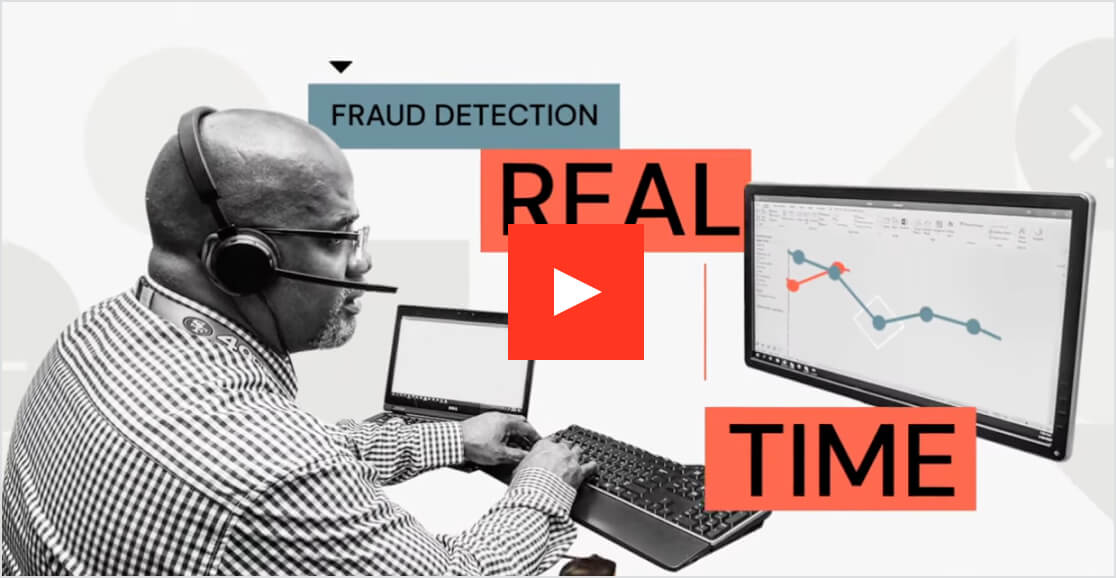Product descriptions:
AT&T is dedicated to providing its 182 million wireless customers with secure, reliable and frictionless communications. With 10 million transactions occurring every second, staying ahead of fraudsters — from robocalls and texts to gaming and identity theft — requires harnessing the power of data and AI to stop attacks before they happen. But AT&T’s legacy on-premises architecture created infrastructure complexity and failed to deliver the innovation needed for an optimal customer experience. By modernizing their data infrastructure in the cloud with the Databricks Data Intelligence Platform, AT&T was able to implement a unified approach to data and AI. They now have over 100 ML models in production that better protect customers and their business, using real-time data, automatic alerts and recommendations to arm employees across AT&T’s operations. With a unified lakehouse architecture for data and AI, AT&T has already significantly reduced fraud, and has a robust roadmap to deliver more data-driven solutions that will help to democratize AI across the business.
Outgrowing a legacy on-premises data architecture
AT&T had been operating their on-prem environment for years. While they were utilizing data analytics for different use cases, it became clear that they’d outgrown their legacy infrastructure as the types and amount of data expanded. Critical interventions in fraud detection and security required the participation of dozens of teams across different systems to first acquire fraud insight data, and then feed that data to retail, call center, and online systems for alerting and notification. The process was protracted, inefficient, resource-heavy and expensive. More importantly, it was reactive instead of proactive. The rule-based technology used to detect fraud made it difficult to stay ahead of bad actors, especially with the growing number of sophisticated fraud attempts plaguing both customers and their own business.
Similar to fraud detection, AT&T also struggled to gain the real-time insights and automation necessary to optimize dispatch. On their legacy system, AT&T could not unify data points to match a technician’s troubleshooting skills to the customer issue and location. Each unsuccessful attempt to solve an issue increased operational costs while impacting customer experience.
Kate Hopkins, Vice President of AT&T, says, “We wanted to take care of these things automatically. How can we stop robocalling and robotexting? How can we match a tech with the right skills to solve a problem, while also taking into account traffic and weather to predict when they’ll arrive at the house? We couldn’t answer these questions on-prem. It was clear that we had largely tapped the technology that was available to us.”

AT&T Uses Databricks to Stop Fraud Before It Happens
AT&T is using data and AI to deliver predictive solutions that protect its customers from fraud. Moving from an on-premises architecture to a cloud-based lakehouse allows AT&T to take in all kinds of data, standardize it and then run ML models that drive fraud alerts in real time.
Proactively stopping fraud with Databricks
AT&T chose to migrate to the Databricks Data Intelligence Platform because of the open nature of the software and their alignment with the Databricks roadmap. Kate explains, “Every company is moving workloads to the cloud to some extent, but we picked a bolder path. With tools like Databricks and Delta Lake we can get the benefits of the cloud faster. While the other carriers may be doing more lift and shift, we don’t think that’s a recipe for transformation. We’re going to the next level.”
To do so, AT&T first launched Databricks with their data science team. They pumped their on-premises data into Delta Lake, moved their workloads to the cloud, and created a Center of Excellence (CoE) with training and community support to expand adoption and data democratization going forward. Focusing on fraud detection as their first use case, the data science team was able to develop predictive solutions with unified data and AI, and seamless collaboration that stops fraud before it happens. Kate says, “We’re able to ingest huge amounts of structured and unstructured data coming from different systems, standardize it, and then build ML models that deliver alerts and recommendations that empower employees in our call centers, stores, and online.” Building on the positive experience of the data science team, Databricks is being introduced to the data science organizations in AT&T’s business units.
Reducing the impact of fraud before it happens
Since moving away from their rules-based fraud system and creating ML models for real-time, automatic fraud detection, AT&T has reduced fraud by up to 80% with over 100 fraud detection ML models in production. “Now that our fraud detection is real time, we can outwit fraudsters and stay ahead of their efforts in areas like fraudsters gaming the system, illegal unlocks, robocalls and robotexts, and identify theft,” says Hopkins.
Fraud detection is just one example of how AT&T can make an impact with scalable, democratized data access and AI on the Databricks Data Intelligence Platform. Moving forward, AT&T will continue to increase adoption for use cases benefiting dispatch, service reliability, quality of coverage, and sales growth. Their goal is to be completely off the AT&T on-prem data lake by 2023.
Looking forward, Hopkins says, “We still get a lot of business benefits from data analytics, but it doesn’t compare to the scale of benefits we can engender when we apply AI. We’re looking to continue that trend and accelerate it. We know that there’s a lot of potential and now we can realize it.”